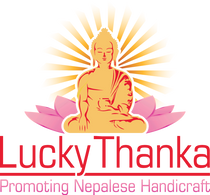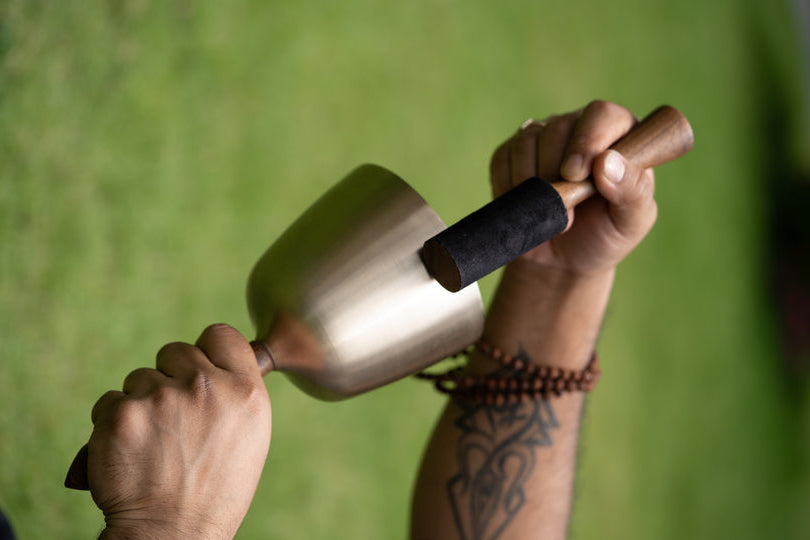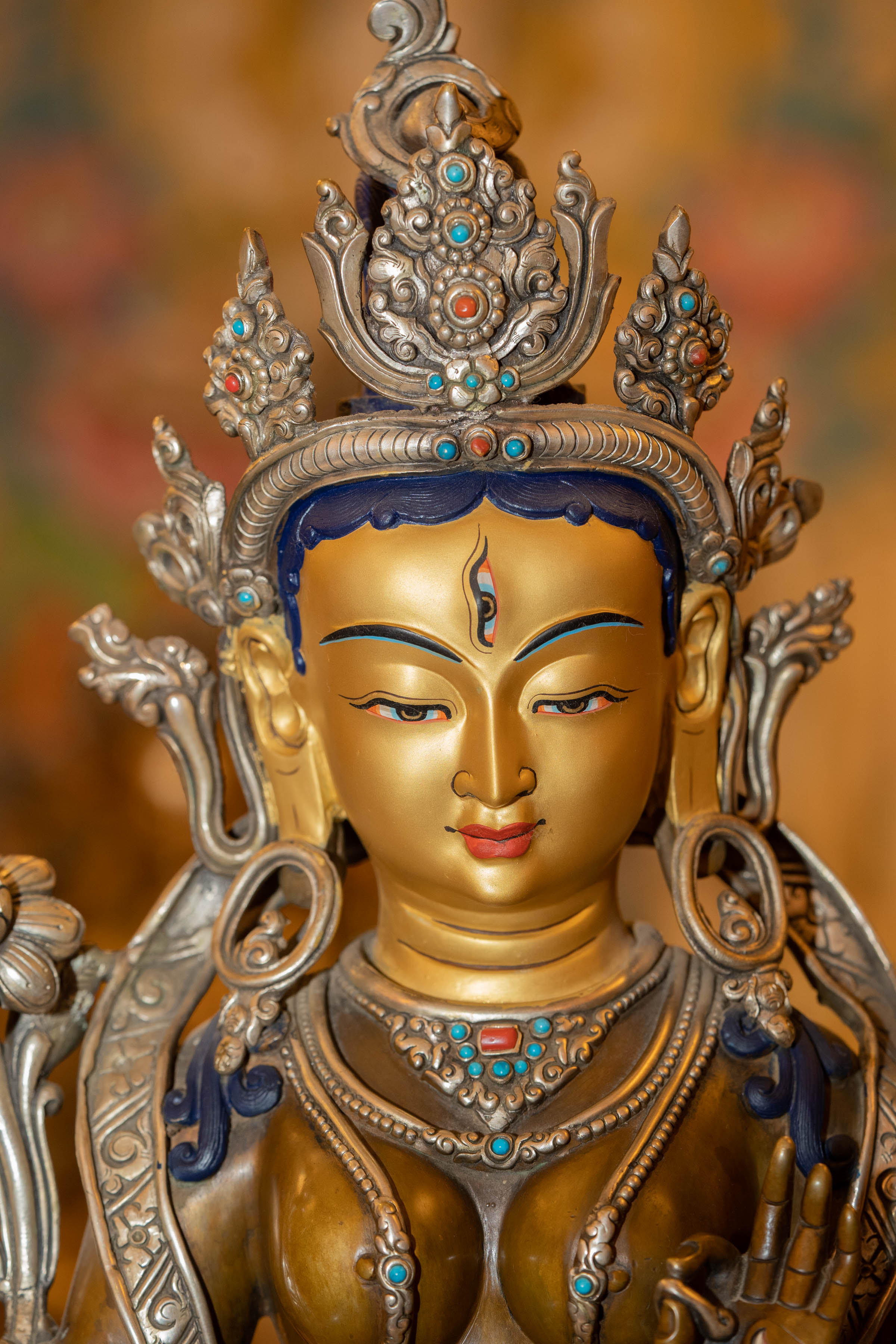Art has long served as a bridge connecting the physical and spiritual worlds, and few art forms embody this connection as beautifully as Thangka paintings. Thangka Paintings are an ancient Nepalese art form exported to Tibet after Princess Bhrikuti of Nepal, daughter of King Lichchavi, married Songtsän Gampo, the ruler of Tibet in 11th century . Thangka art is steeped in rich history, cultural traditions, and profound spiritual significance. In this blog post, we embark on an enthralling journey to explore the captivating origins and evolution of Thangka paintings. From ancient beginnings to contemporary interpretations, we unravel the threads of this extraordinary art form, delving into its techniques, symbolism, and enduring cultural legacy.
1. Ancient Roots of Thangka Paintings :

The genesis of Thangka paintings can be traced back to the ancient Buddhist traditions of India, from where it spread to Tibet. The term "Thangka" is derived from the Tibetan word "thang," meaning "unfolding" or "scroll." Thangkas were initially conceived as portable religious scrolls, used as visual aids for meditation and spiritual contemplation. Tibet, with its deep reverence for Buddhism, embraced and elevated Thangka paintings to new heights. The art form flourished under the patronage of Tibetan rulers and monastic communities, becoming an integral part of Tibetan Buddhist practices. The earliest surviving Thangkas date back to the 11th century, showcasing the cultural exchange between Tibet, India, and Nepal.
2. Techniques and Materials :

A Thangka painting is a labor-intensive process that demands remarkable skill and attention to detail. Thangka artists, often trained from a young age, follow traditional methods passed down through generations. The canvas used for Thangka paintings is typically made of cotton or silk. The surface is meticulously prepared with layers of glue and gypsum to create a smooth, durable foundation. This process ensures the longevity of the artwork. Pigments used in Thangka paintings are derived from a wide range of sources. Minerals, including crushed gemstones and precious metals like gold and silver, are ground into fine powders. Natural materials such as plants and minerals are also utilized, each pigment chosen for its symbolic and aesthetic qualities. These pigments are mixed with a binder, often animal glue, to form a paintable medium. Thangka artists employ a variety of brushes, made from animal hair, to apply the pigments onto the canvas. Fine brushes are used for intricate details, while broader brushes are employed for larger areas. This meticulous brushwork, executed with precision and patience, brings life to the vibrant and awe-inspiring Thangka compositions.
3. Symbolism and Spiritual Significance :

4. Evolution and Contemporary Interpretations :

Thangka paintings have evolved over the centuries, incorporating influences from different regions and artistic styles. While adhering to the traditional techniques and iconography, contemporary Thangka artists have also explored new materials and themes. In recent years, there has been a resurgence of interest in Thangka art beyond religious contexts. Contemporary artists have embraced innovative approaches, combining traditional aesthetics with modern sensibilities. They experiment with unconventional materials, incorporate abstract elements, and explore contemporary social and environmental themes while maintaining the essence of Thangka paintings.



